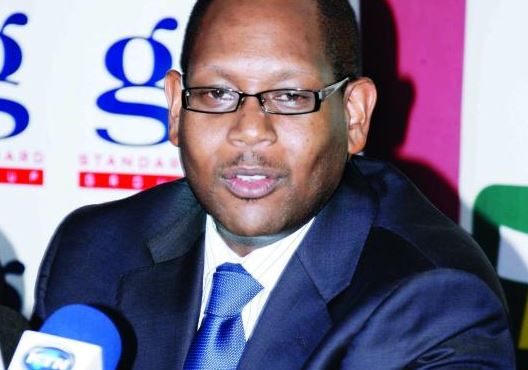×
The Standard e-Paper
Informed Minds Prefer The Standard

When the idea was first floated to him, former President Mwai Kibaki wanted Kenya to wait at least 30 years to live the dream of a high-speed rail system like the Standard Gauge Railway (SGR).
But his successor, President Uhuru Kenyatta, reckoned the multi-billion-shilling project could be completed sooner, and serve as a flagship project for the country.